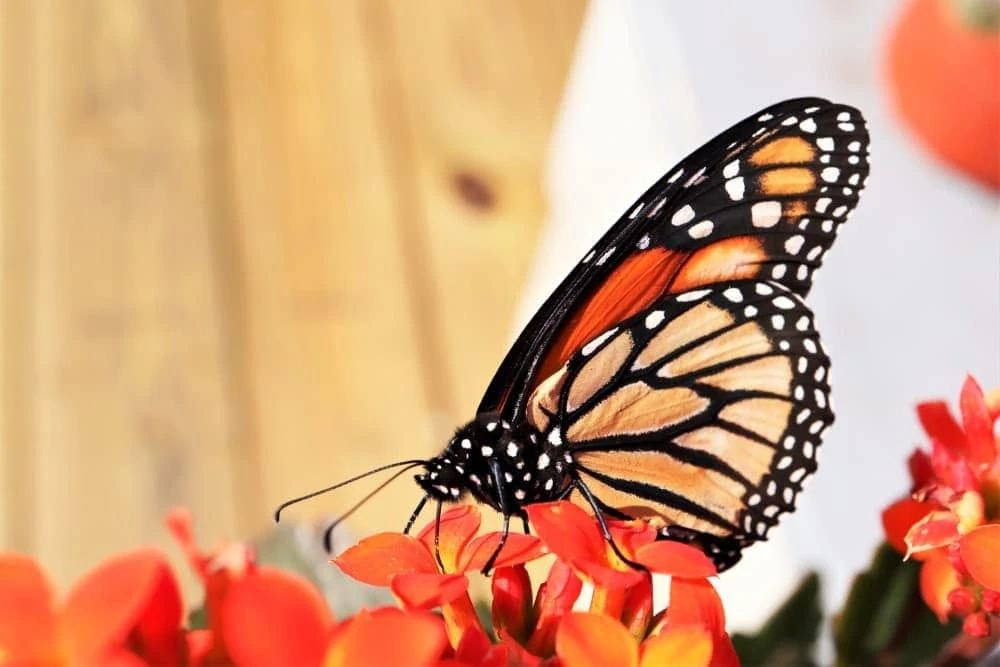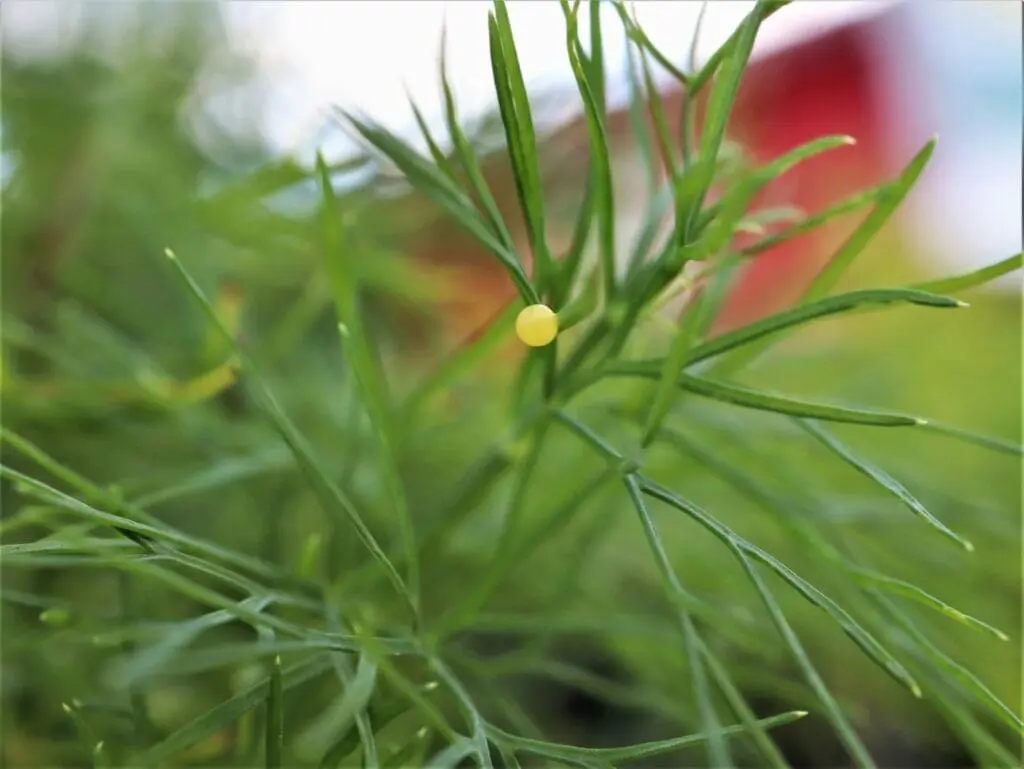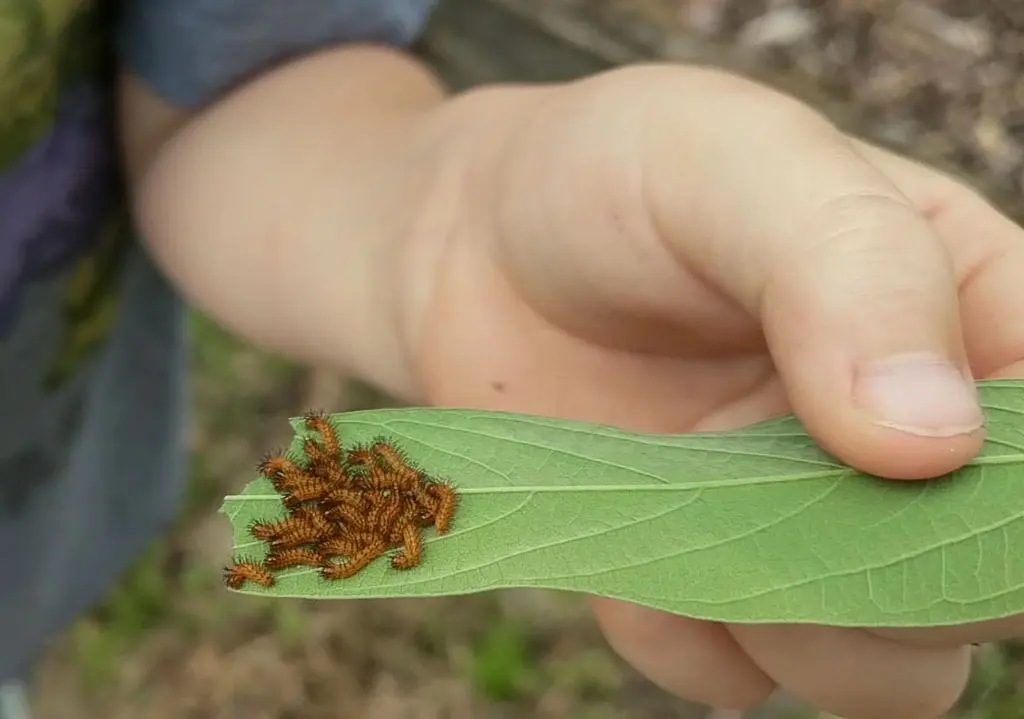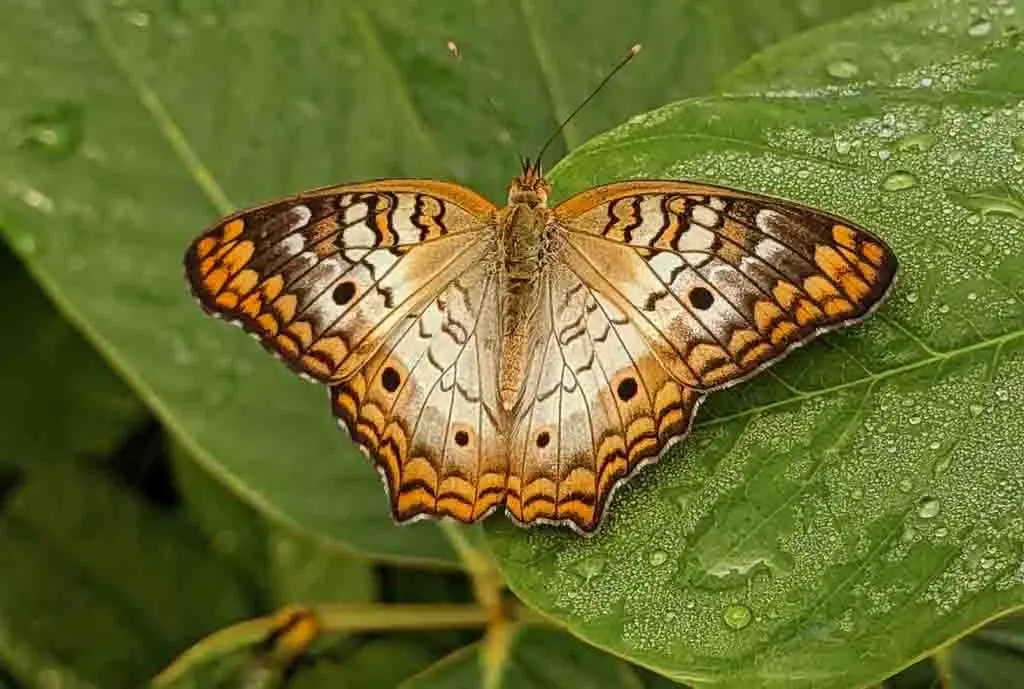By Amanda Rose Newton
Butterflies, with their delicate wings and vibrant colors, bring life and beauty to any garden, particularly in the lush landscapes of Florida. Understanding the life cycle of these fascinating insects, along with the challenges they face and the plants they depend on, can enhance our appreciation and support for their survival.

Here’s a detailed exploration into the stages of a butterfly’s life, their natural predators, and the plants essential for their thriving existence, now including a spotlight on ten specific butterfly species that frequent Florida.
Florida’s Butterfly Species and Their Seasons
Here is a list of ten butterfly species native to or frequently visiting Florida, detailing when you can expect to see them and their preferred host plants:
- Zebra Longwing (Heliconius charithonia) – Year-round; Host Plant: Passion Vine.
- Monarch (Danaus plexippus) – Best seen in spring and fall during migration; Host Plant: Milkweed.
- Gulf Fritillary (Agraulis vanillae) – Most abundant in summer and fall; Host Plant: Passion Vine.
- Black Swallowtail (Papilo polyxenes asterius (Stoll))- Common throughout the year; Host Plant: Dill, Fennel, and other members of the carrot family (Apiaceae).
- Polydamas Swallowtail (Battus polydamas) – Peaks in summer; Host Plant: Pipevine.
- White peacock (Anartia jatrophae)– Primarily in spring and summer however, they occasionally have multiple generations and can be seen year-round; Host Plant: Frog Fruit, Beggar Ticks (Bidens alba) and others in the aster family.
- Cloudless Sulphur (Phoebis sennae) – Year-round; Host Plant: Senna species.
- Painted Lady (Vanessa cardui) – Common in spring and fall; Host Plant: Thistles.
- Giant Swallowtail (Papilio cresphontes Cramer ) – Best seen in spring and summer; Host Plant: Citrus.
- Atala (Eumaeus atala) – Mostly found in summer; Host Plant: Coontie.
The Life Cycle of a Butterfly
The journey of a butterfly unfolds in a captivating sequence of stages, each remarkable in its own right:
Egg – The adventure begins when a female butterfly lays her eggs on carefully chosen host plants.

For instance, the Giant Swallowtail often selects native citrus plants, ensuring the caterpillars have the right food from the start.
Caterpillar (Larval Stage) – The egg hatches into a caterpillar, which is the primary eating and growing stage of the lifecycle.

Florida’s Monarch caterpillars feed voraciously on milkweed, a critical host plant that provides the necessary nutrients and offers chemical defenses against certain predators.
Pupa (Chrysalis) – After gorging on leaves, the caterpillar forms itself into a pupa or chrysalis, undergoing a remarkable transformation. This stage can be particularly vulnerable to predation, though its camouflaged exterior often blends seamlessly with its surroundings.
Adult Butterfly – The final stage reveals the butterfly in all its glory, now ready to feed on nectar, mate, and continue the cycle.

Adult butterflies like the Zebra Longwing and others such as the Polydamas Swallowtail and Julia Butterfly can often be seen flitting from flower to flower, partaking in nectar and playing their part in pollination.
Predators of the Butterfly
While the beauty of butterflies is widely celebrated, they face numerous threats from natural predators at every stage of their life cycle. In Florida, lizards like the native Green Anole and Cuban Brown Anole are common predators, preying on butterflies and their caterpillars. Birds and larger insects also pose significant threats, eating eggs, caterpillars, or even adult butterflies.
Supportive Flora: Host Plants, Nectar Sources, and Butterfly Attractants
Understanding the distinction between host plants, nectar plants, and general butterfly-attracting plants is crucial:
Host Plants – These are essential for caterpillar growth and development. For example, the Passion Vine is indispensable for the Gulf Fritillary caterpillars.
Nectar Plants – Adult butterflies feed on nectar for energy. Plants like Lantana, Blazing Star, and Pentas are excellent sources of nectar and attract a variety of butterfly species.
Butterfly Attracting Plants – These plants may not always serve as hosts or primary nectar sources but help in attracting butterflies with their colors and scents. Asters and Joe-Pye Weed are fantastic examples that can help lure butterflies into your garden.

By planting a mix of these, gardeners can create a haven that supports butterflies through all stages of their life, contributing to their lifecycle and the broader ecosystem. Whether you are a seasoned gardener or a casual nature observer, fostering a butterfly-friendly environment allows you to enjoy their mesmerizing presence and contribute positively to the local wildlife.
Understanding and supporting the lifecycle of butterflies not only enhances our garden’s beauty but also contributes to the conservation of these vital pollinators, ensuring that they continue to thrive and enchant future generations.


